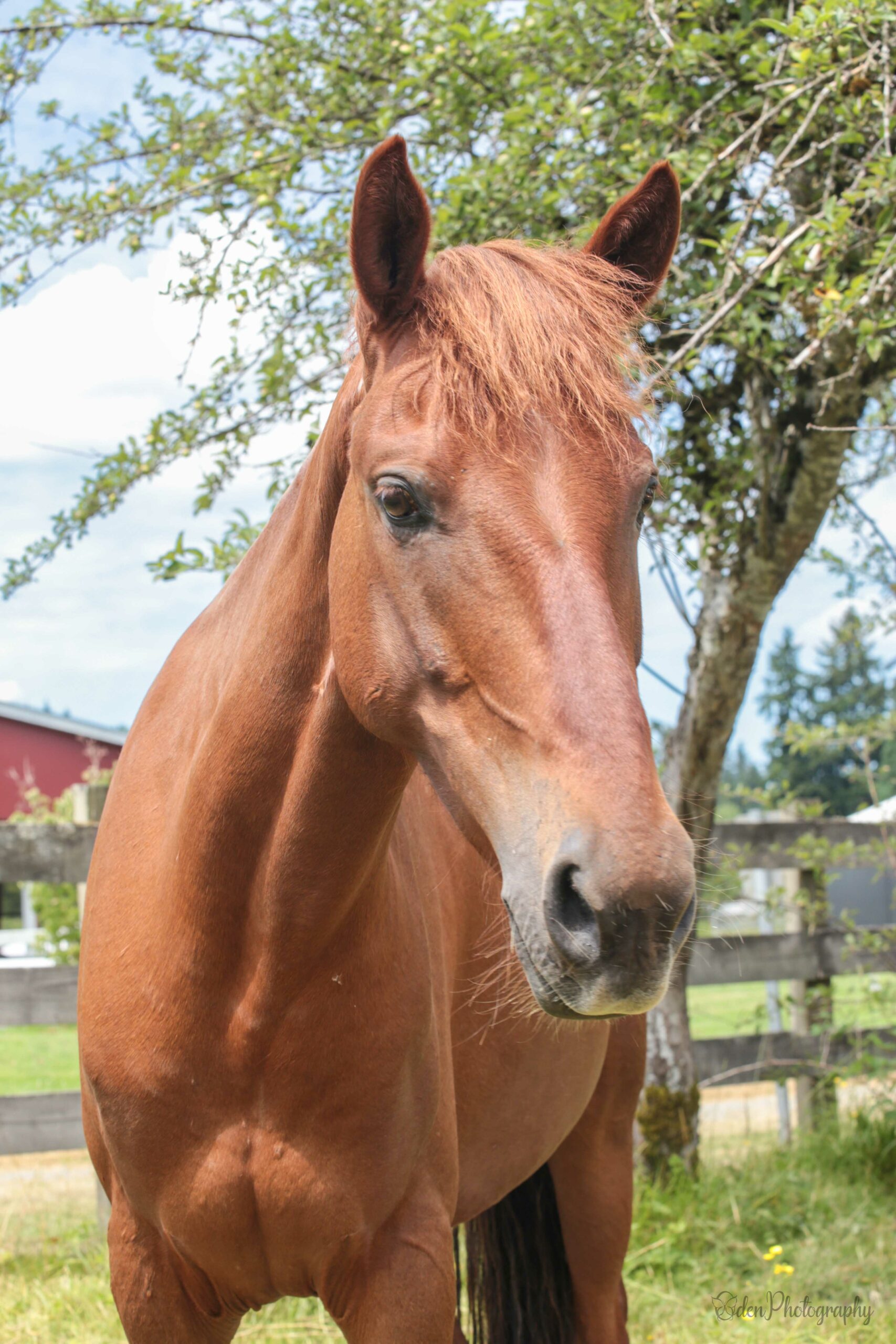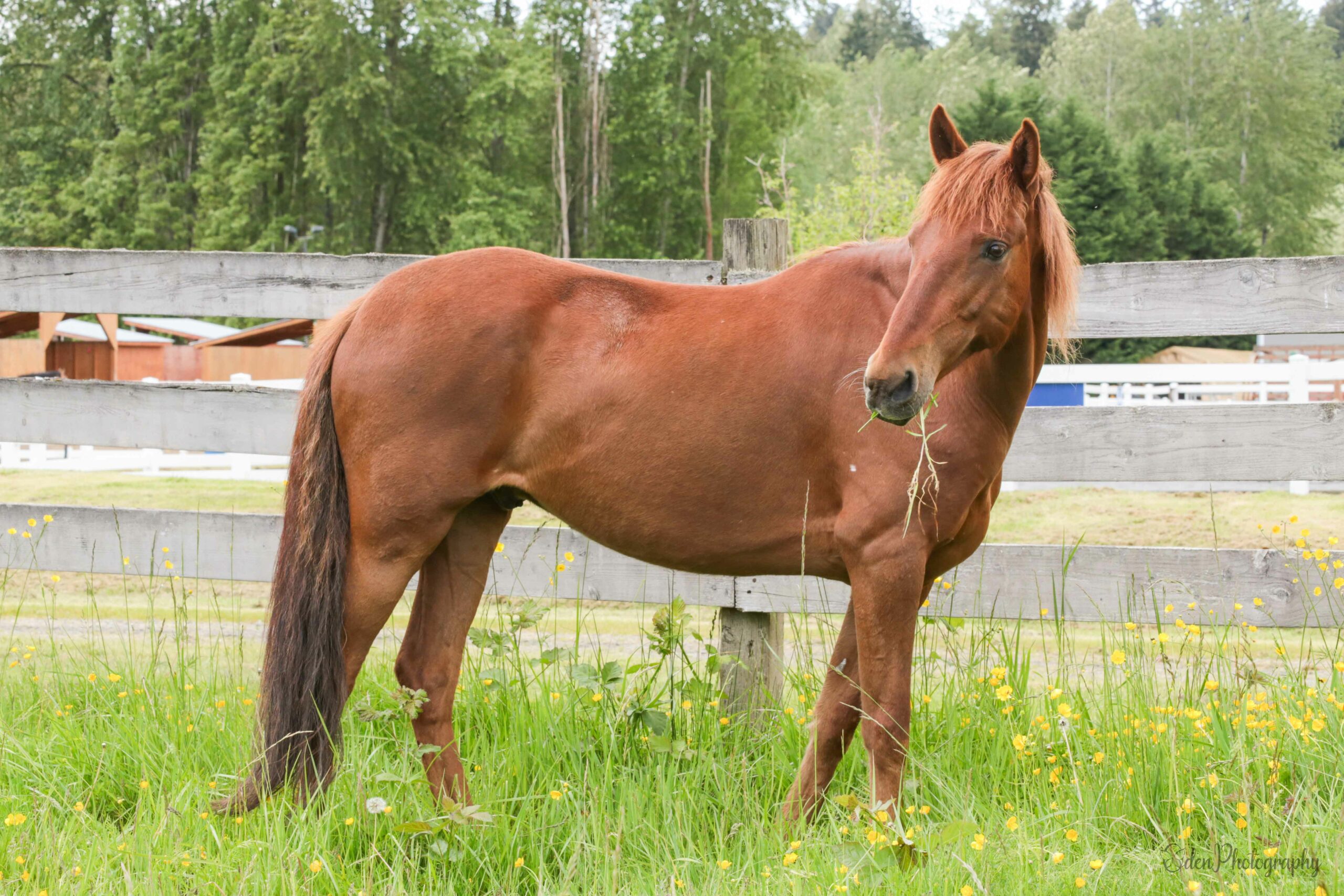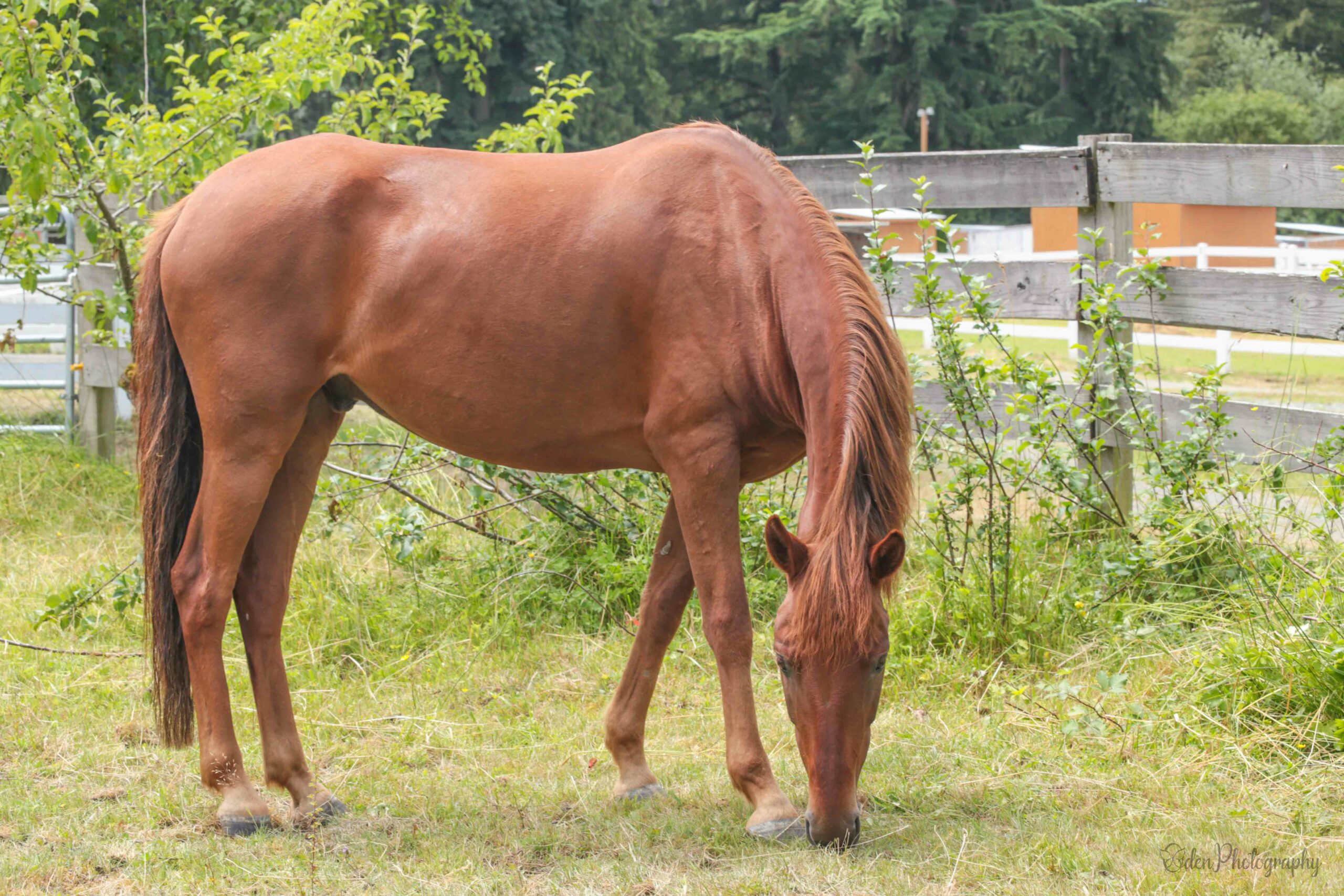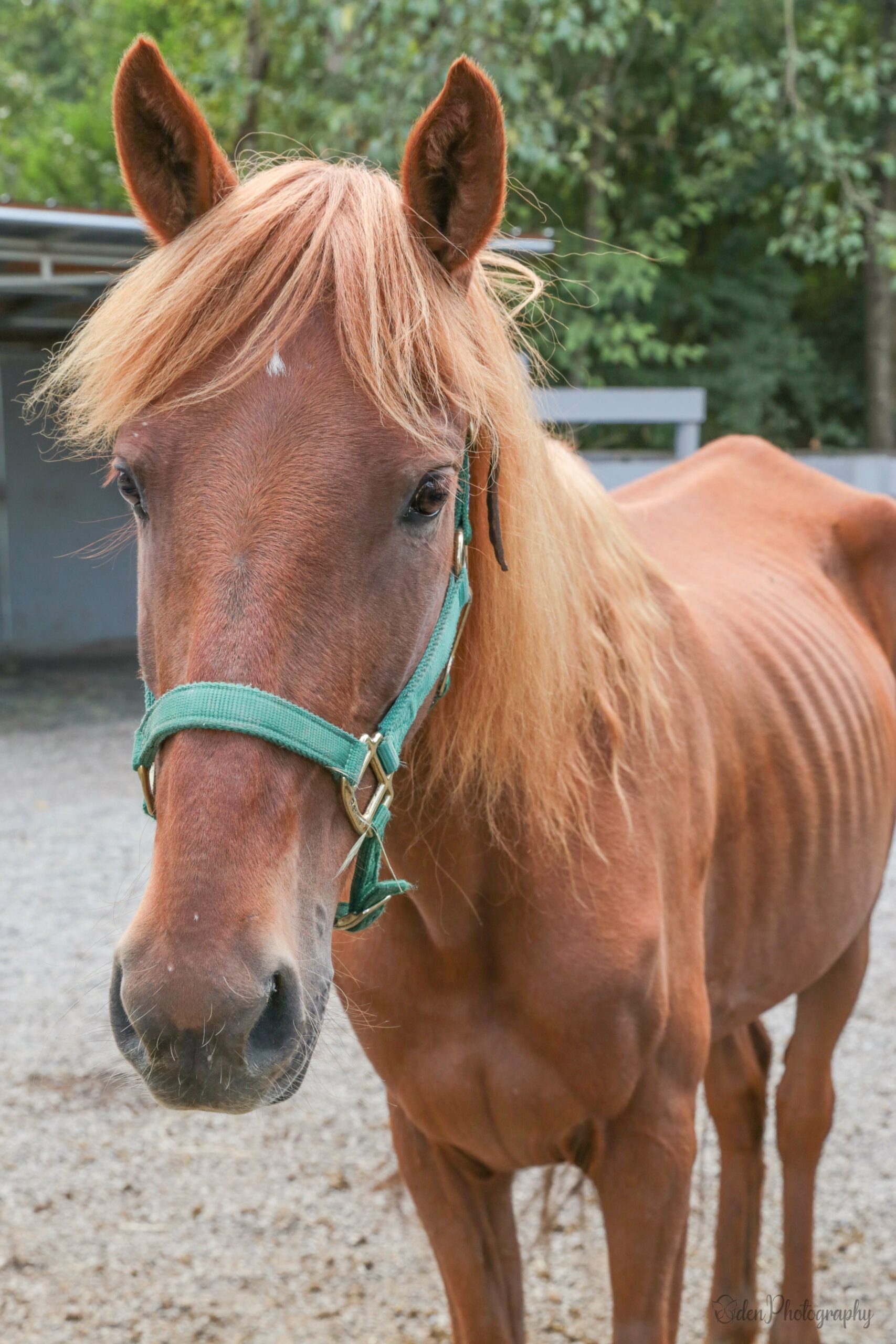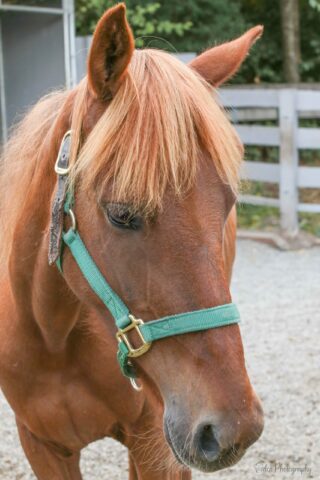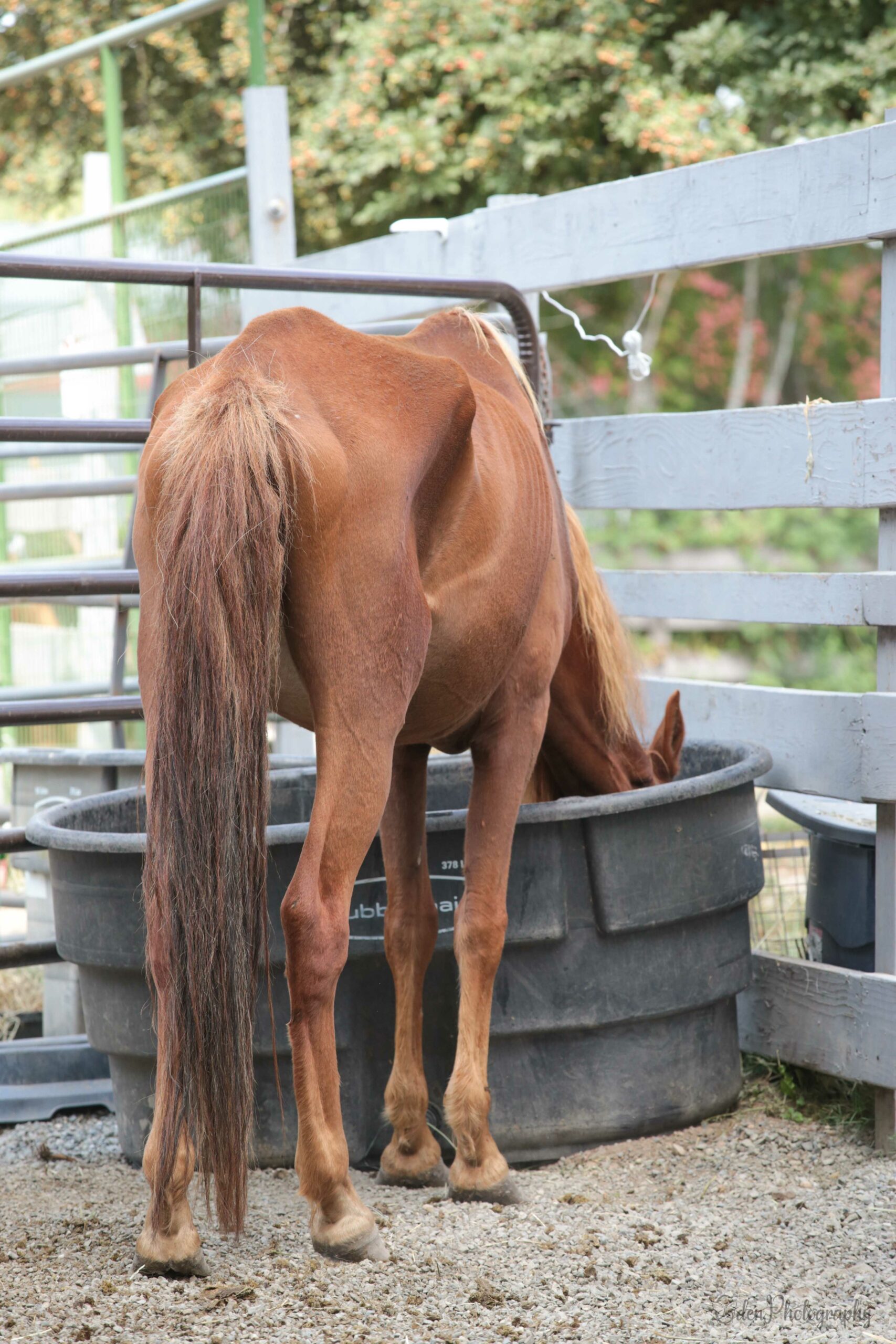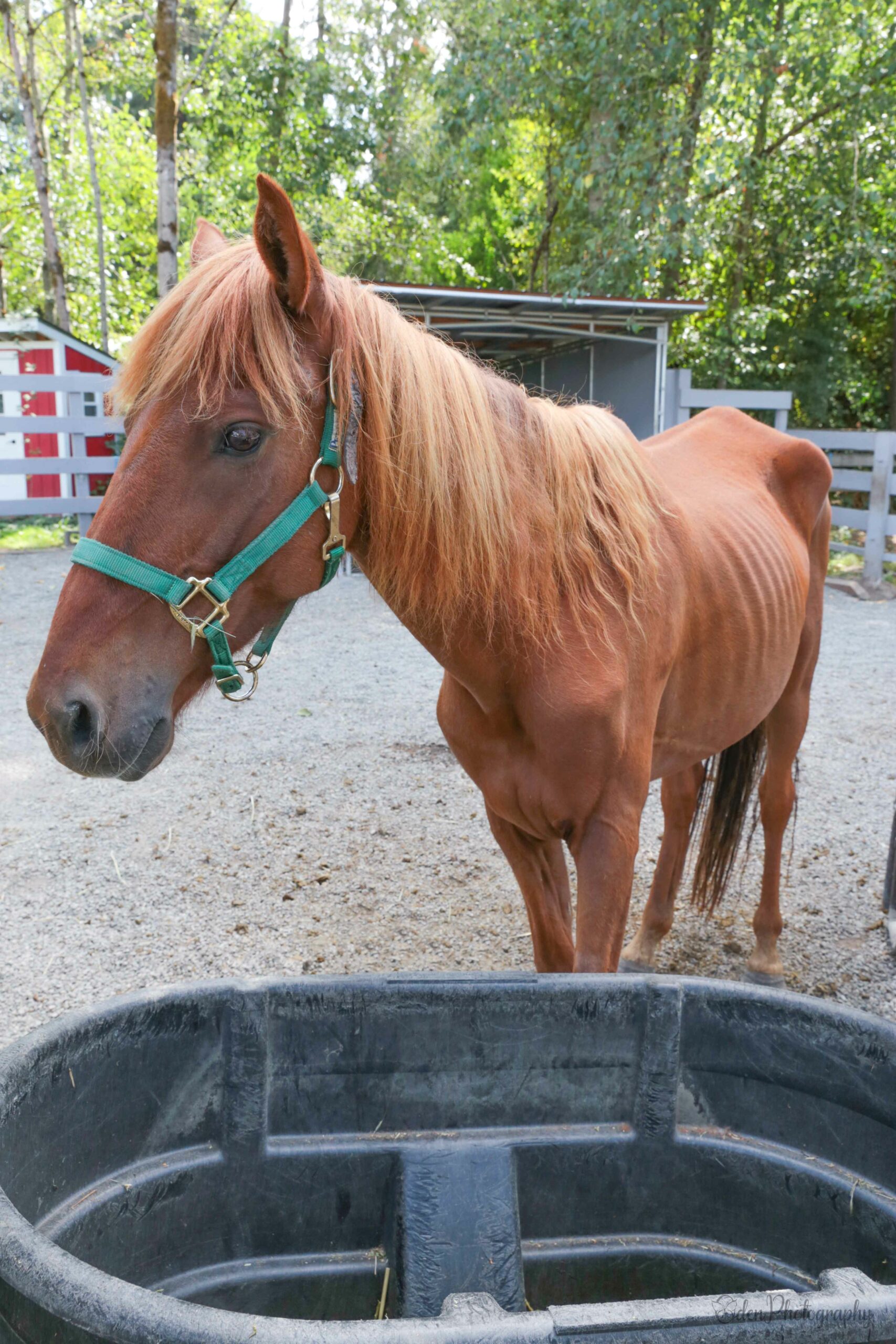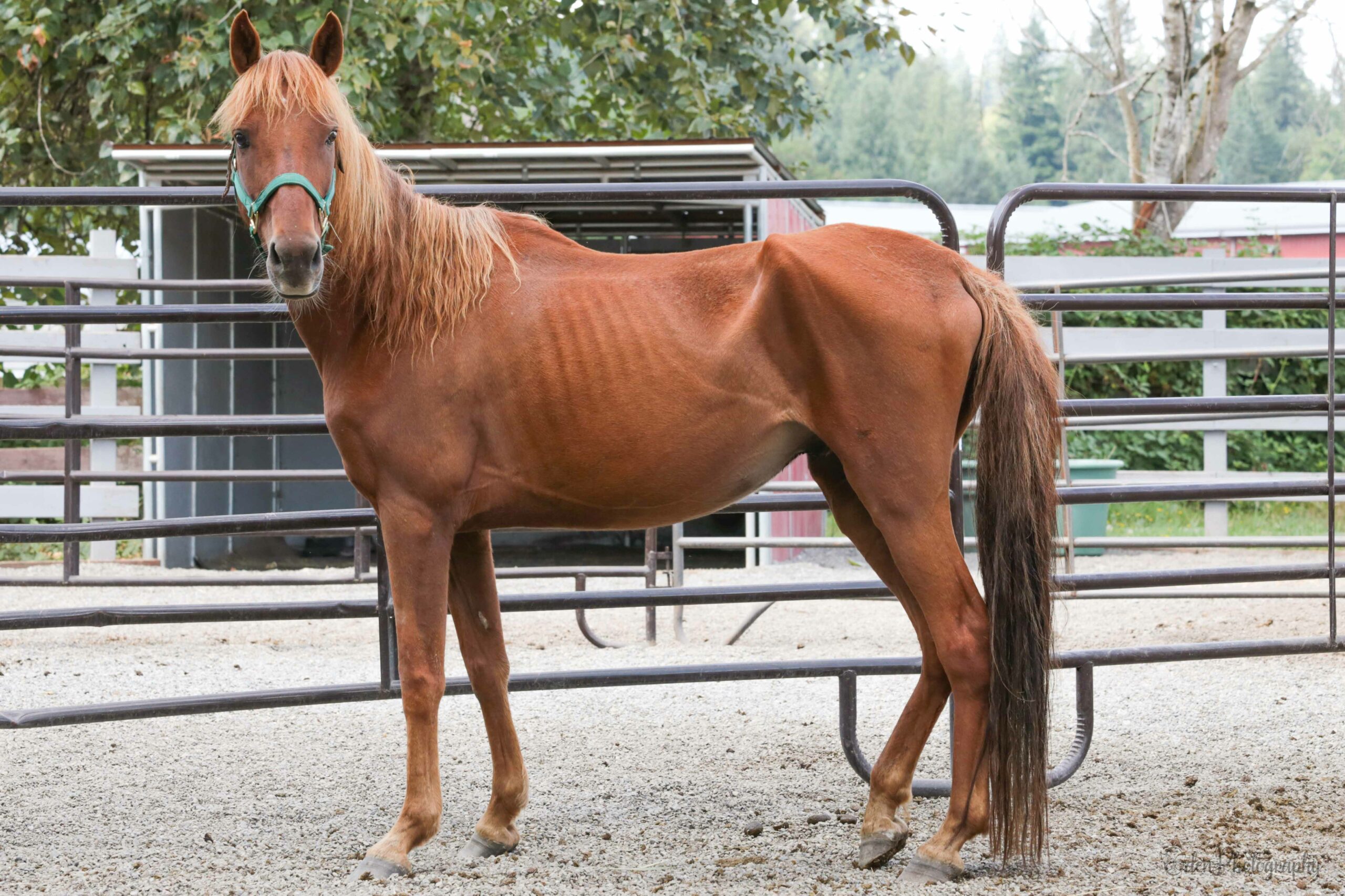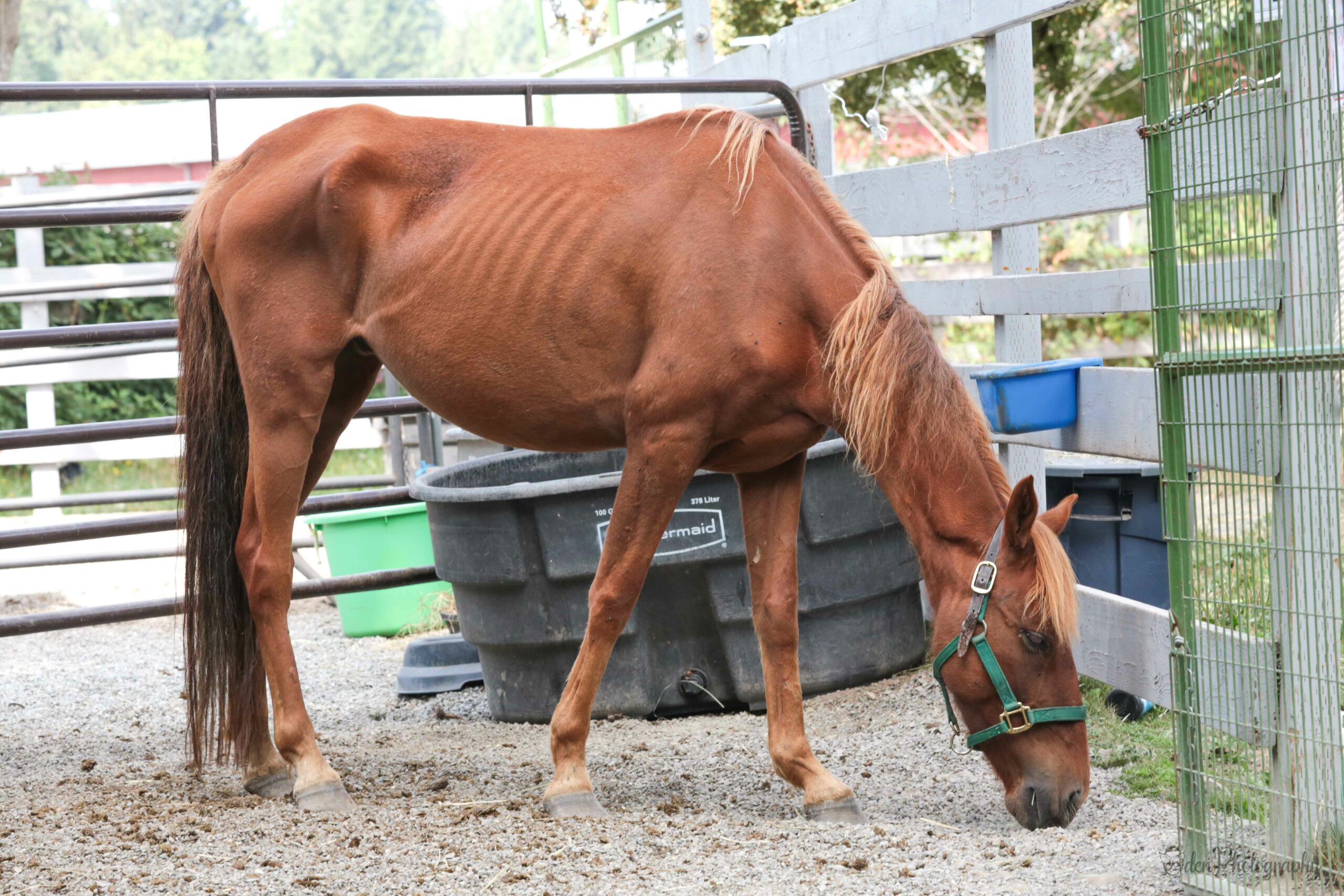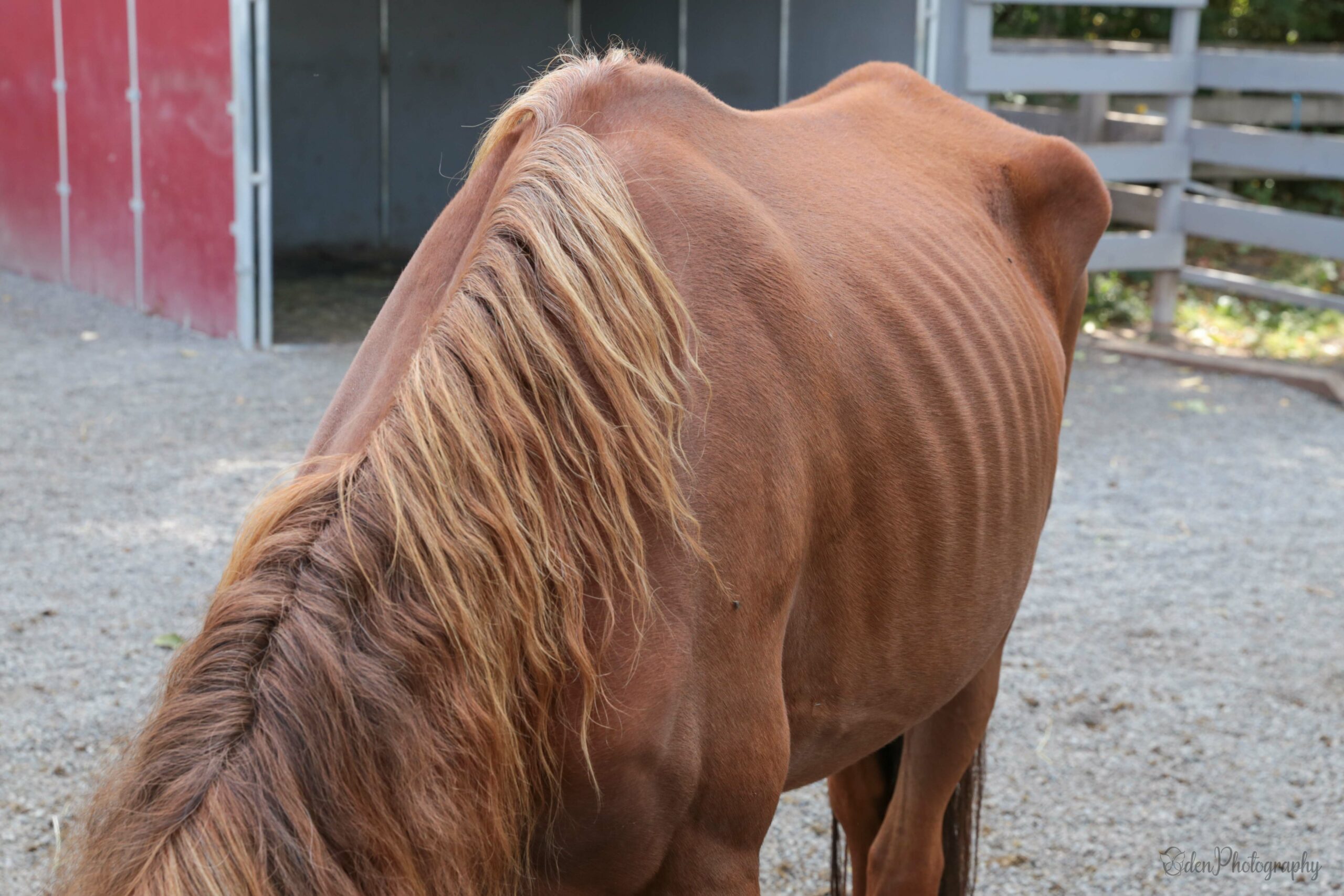Edward
Type of Rescue: Owner Surrender
Intake Date: 8/21/2021
Adoption Date: 6/19/2025
Length of Time with SAFE: 3 years, 10 months
ADOPTED!! by Emma
Edward, along with Jacob and Esme, were originally obtained through a now defunct rescue organization by a family that moved to Washington state hoping to keep horses on a rented property near their home. They soon discovered that the property flooded rather badly during the fall and winter months. With no other options available to them, these horses just had to live in the wet, muddy conditions. Thankfully, they were able to survive. Edward was suffering from equine asthma for quite some time, resulting in severe weight loss that left him quite emaciated. Their owner turned to SAFE for help after coming to the realization that caring for these three horses was more than they could handle. Edward learned quite quickly to be patient as we administered an inhaler twice a day for weeks and then moved onto a daily nebulizer. After a couple of months on the nebulizer Edward was cleared to come off of it, and has been breathing free and easy for the last couple of years.
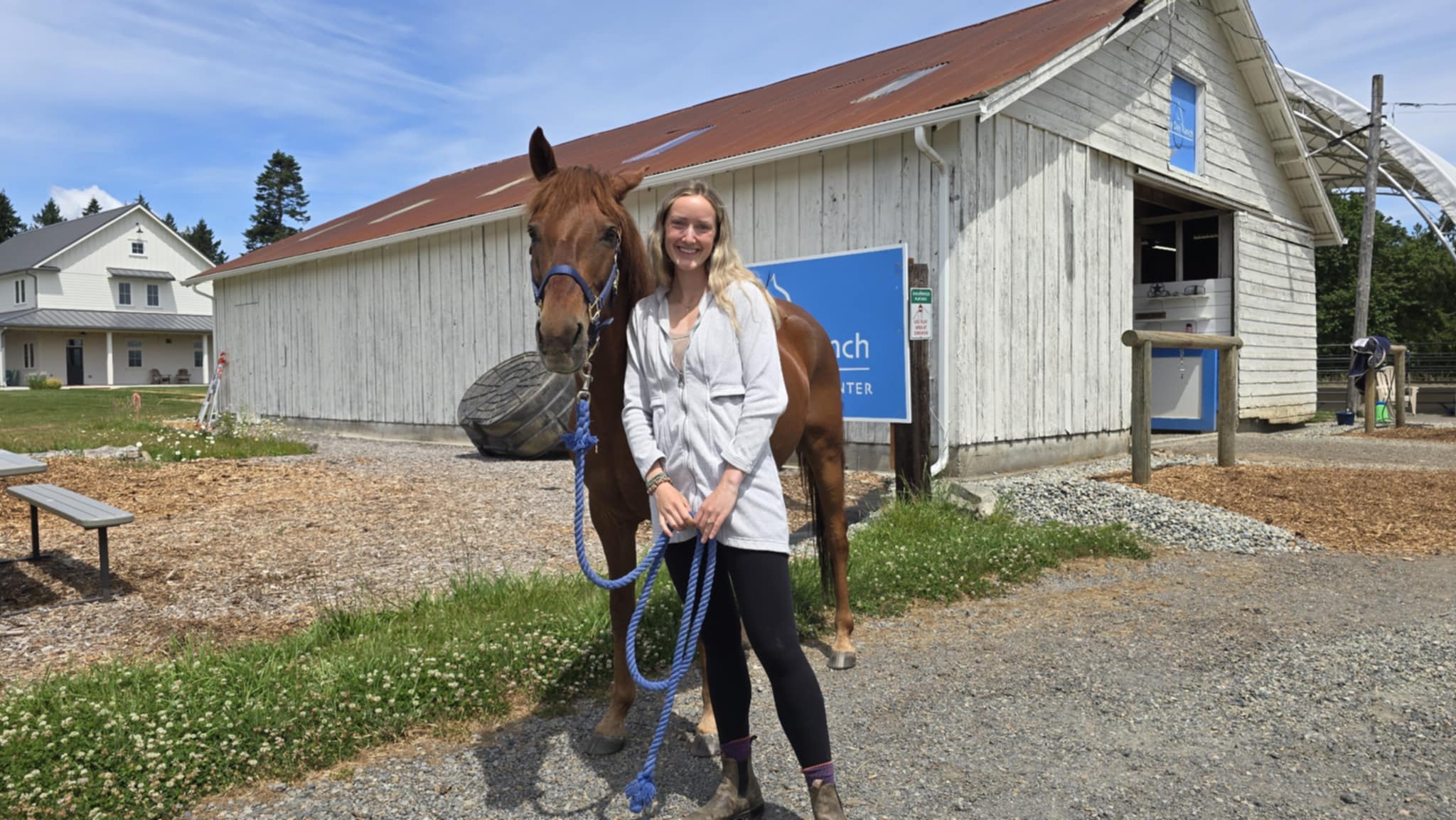
Edward is Adopted!
Back in 2021, Edward arrived at SAFE alongside his friends Jacob and Esme. The trio had been adopted from an orphan foal rescue by a family that was not equipped to care for them. On intake, Edward was suffering from equine asthma, and as a result was incredibly thin.…
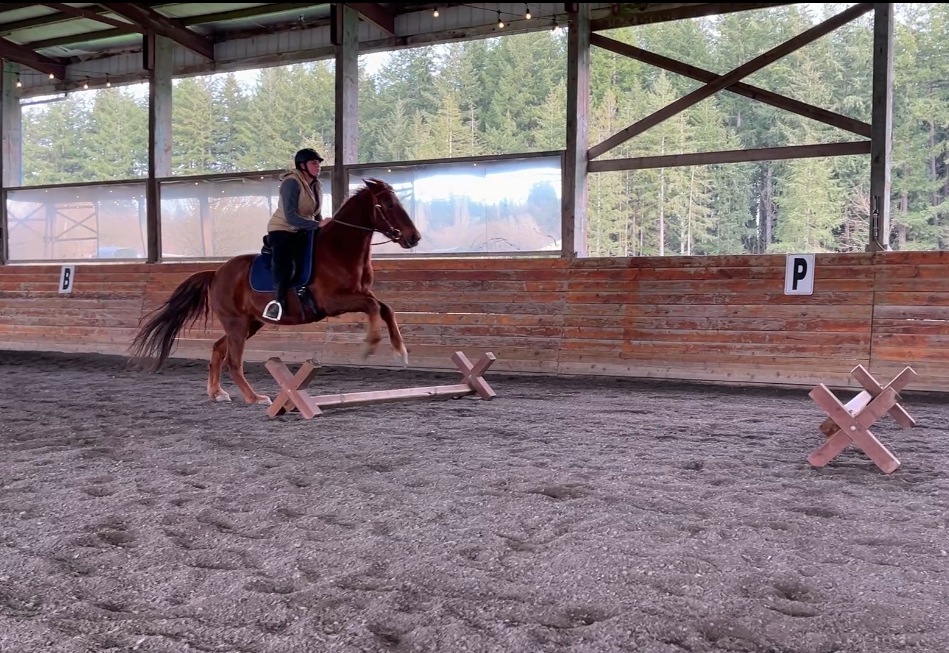
Edward over Cavalettis
In the new year, Edward has made it his resolution to try new things. including popping over a few cavalettis under saddle. We think Edward looks quite striking in english tack, and he certainly doesn’t seem to have anything bad to say about it. Edward is just…
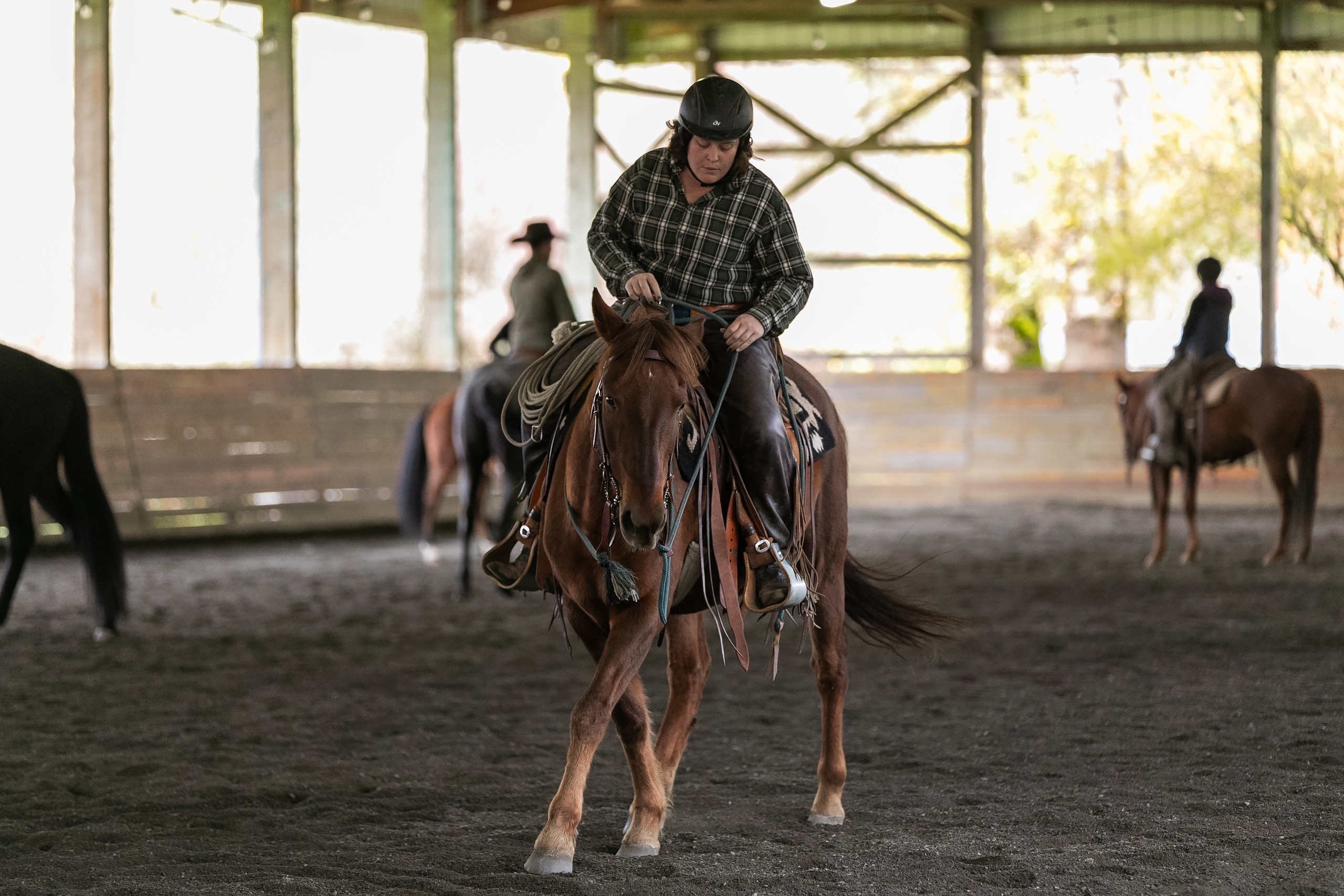
October Joel Conner Clinic Report: Edward
Kaya M has been riding Edward for the last year, and has the following reflection regarding their last clinic together of 2024: “Edward had a wonderful last clinic of the year! He really showed how much he’s learned and was starting to “play with the big dogs” working…
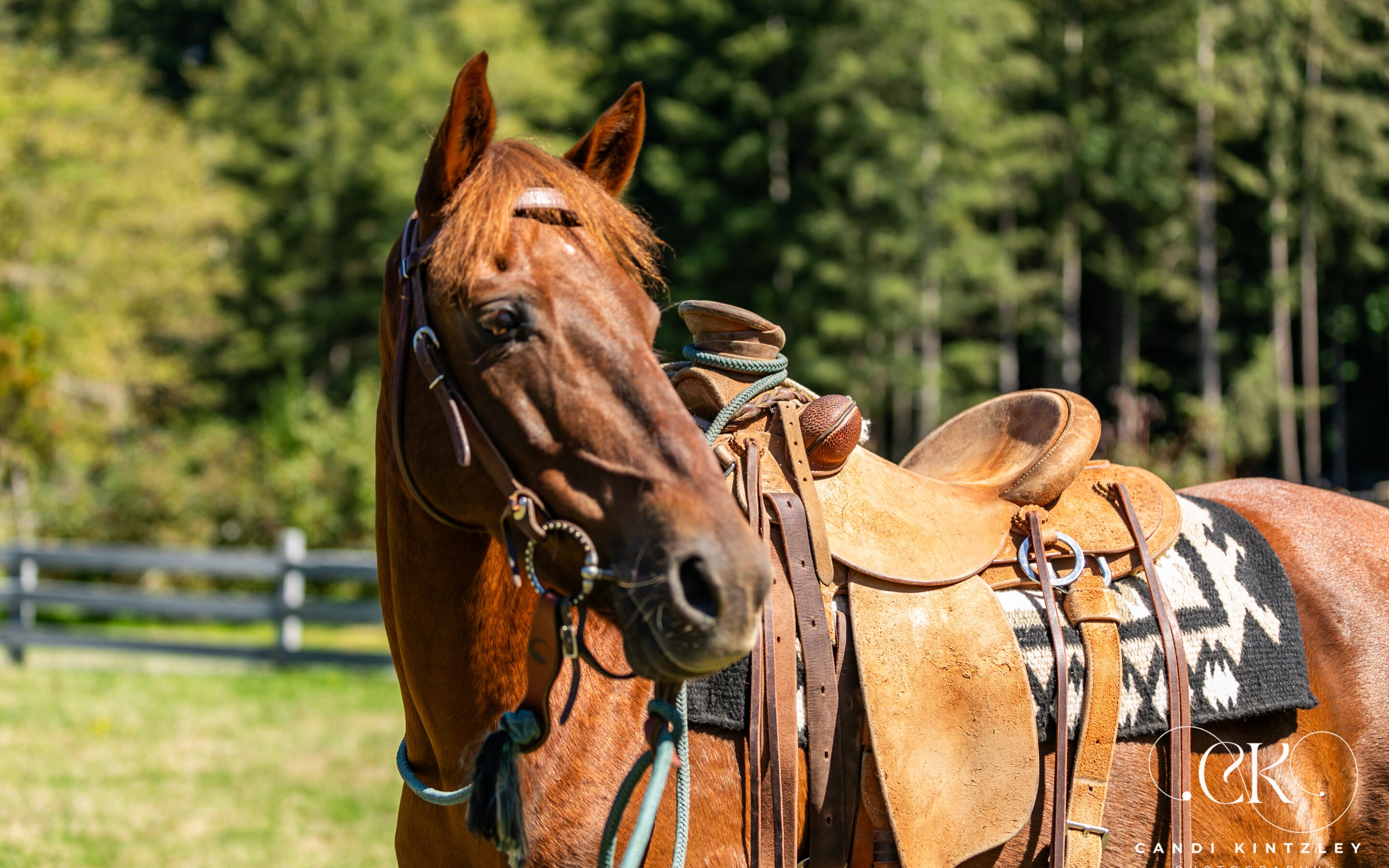
Adopt Edward!
Edward is more than ready to meet people who are ready to meet him. Could that be you?
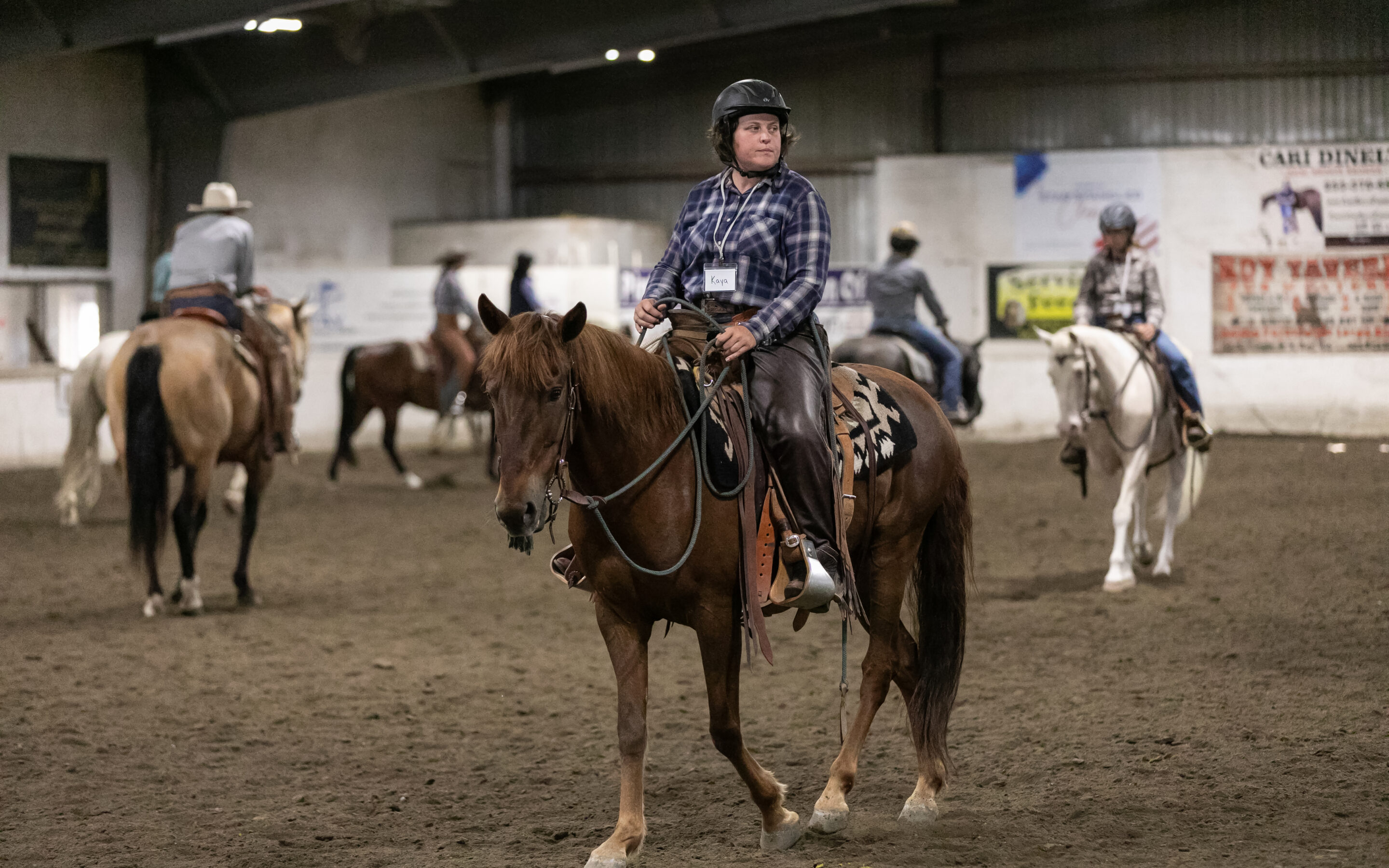
Buck Brannaman Clinic Report: Edward
Kaya M has been working and riding Edward, and recently took him to attend the Buck Brannaman clinics in Spanaway and Ellensburg. Here’s what she has to say about the experience: “Eddie was a lucky guy recently! For two weekends in a row, he got to hang out with Buck…
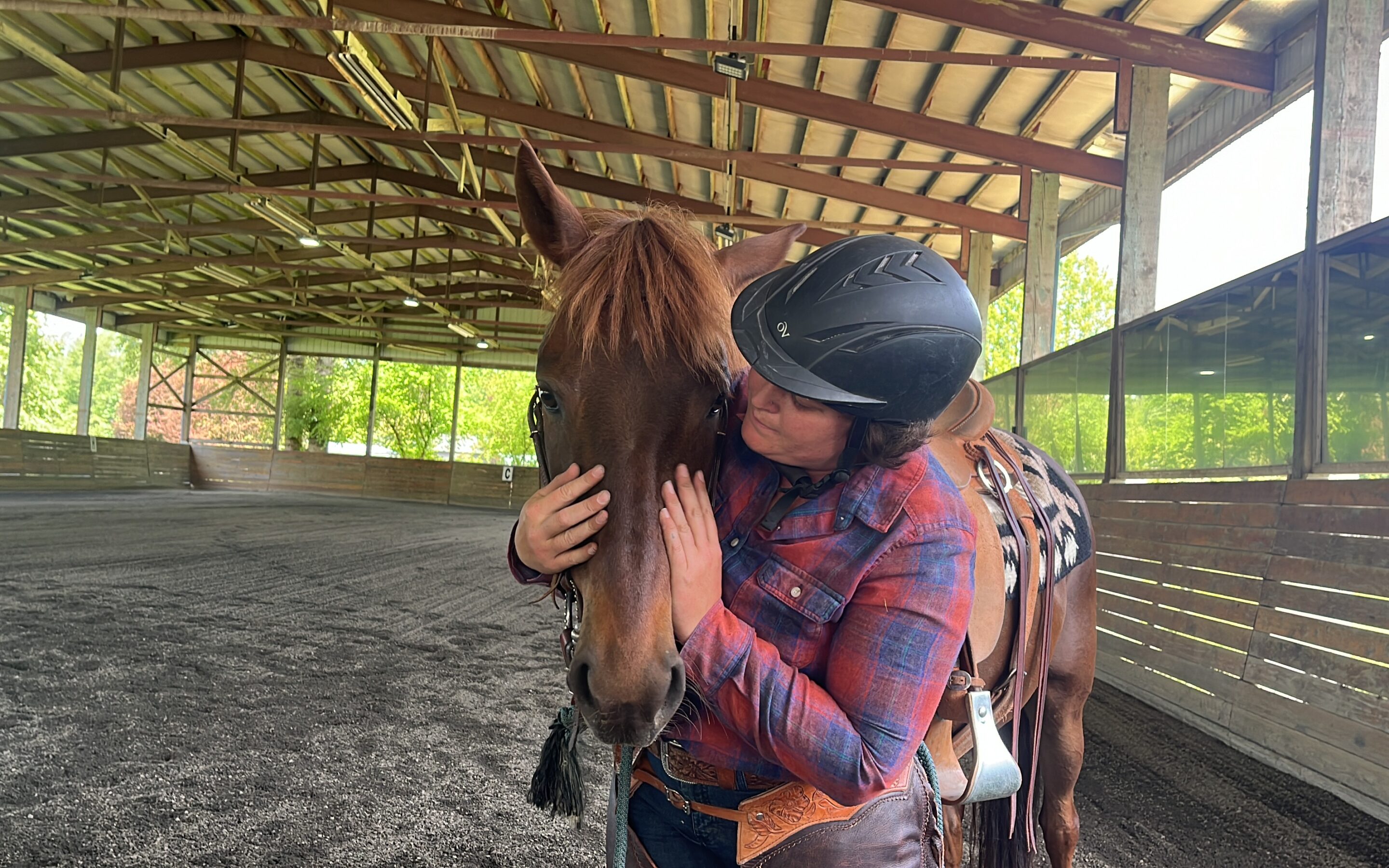
Stay Copper, Ponyboy
In his slicked-out summer coat, Edward is comparable to a new penny: copper in color, and a 3.5 on the Mohs hardness scale of mineral hardness (that’s pretty soft, just like our Ed). But the comparison to our lowest denomination coin ends there — for Edward is worth…
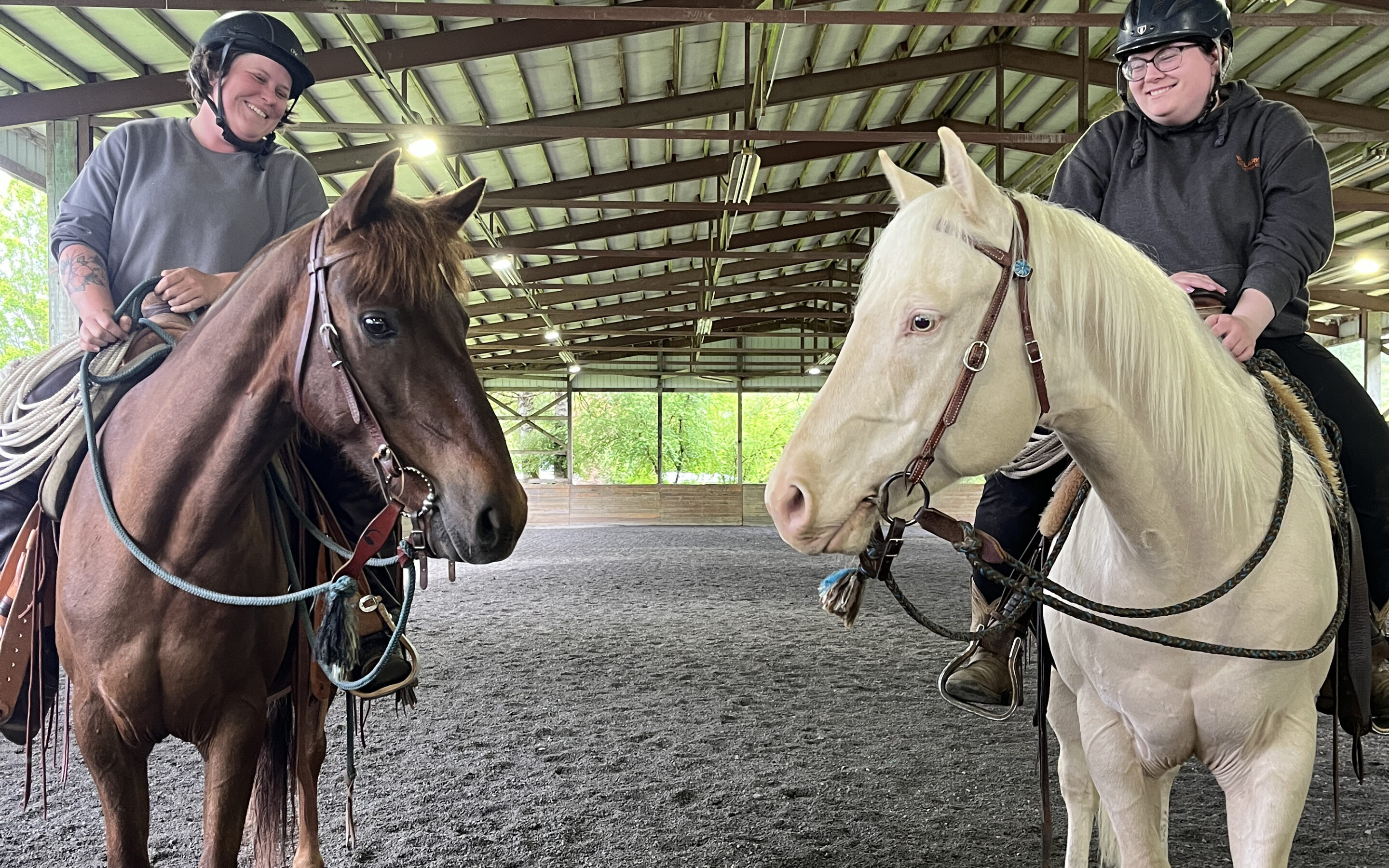
SAFE at Buck
Buck Brannaman is headed to Washington for the next two weekends, and the SAFE horses will be joining him at his clinics in Spanaway and Ellensburg. This is a great opportunity for the horses to get experience off-property while furthering their education with a…
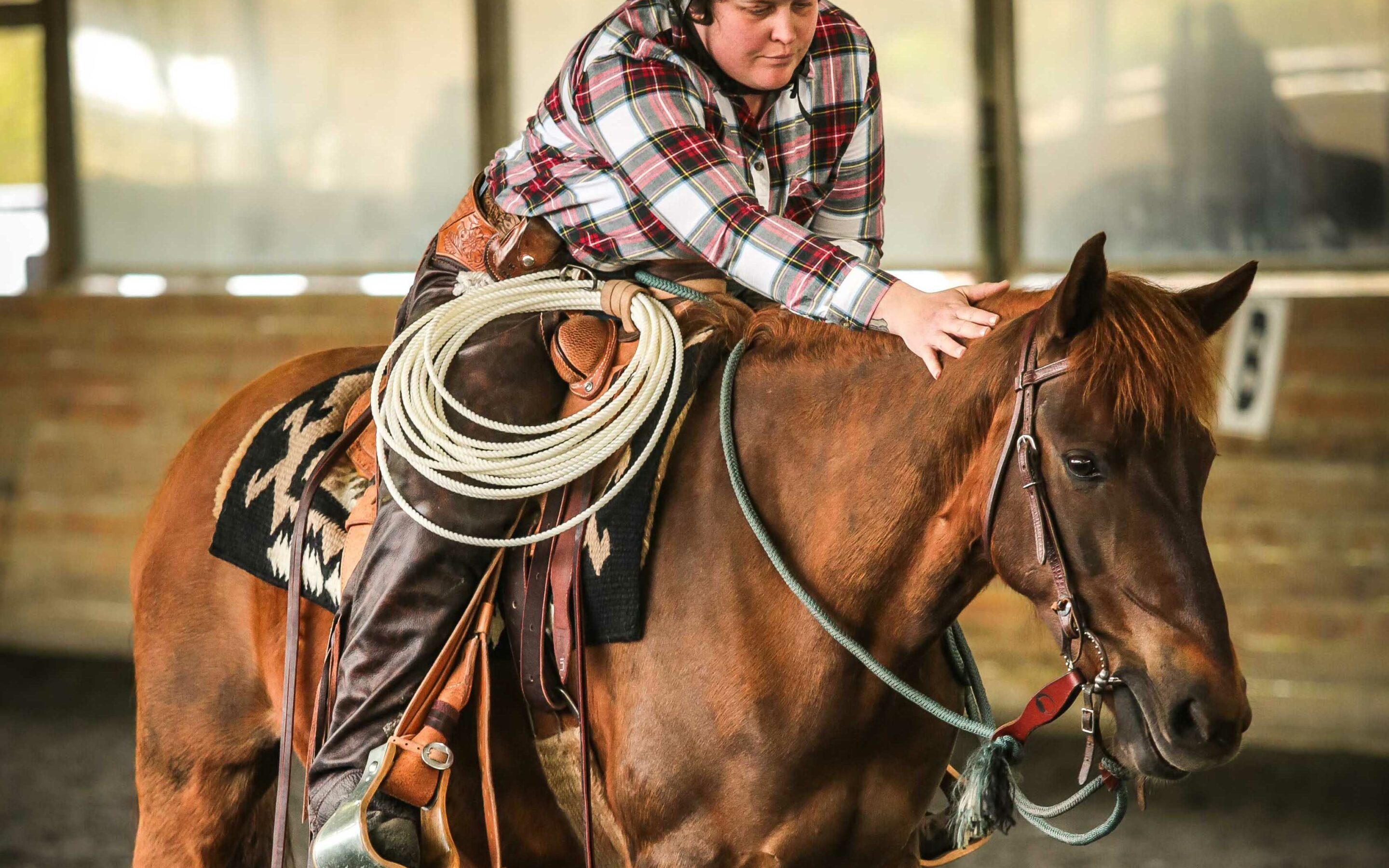
March Joel Conner Clinic Report: Edward
Kaya M has been riding Edward as of late, and the two of them participated in the March Joel Conner clinic together. Here’s what Kaya has to say about their time: “Edward and I had a little set back a couple months ago in the process of getting more life and have been…
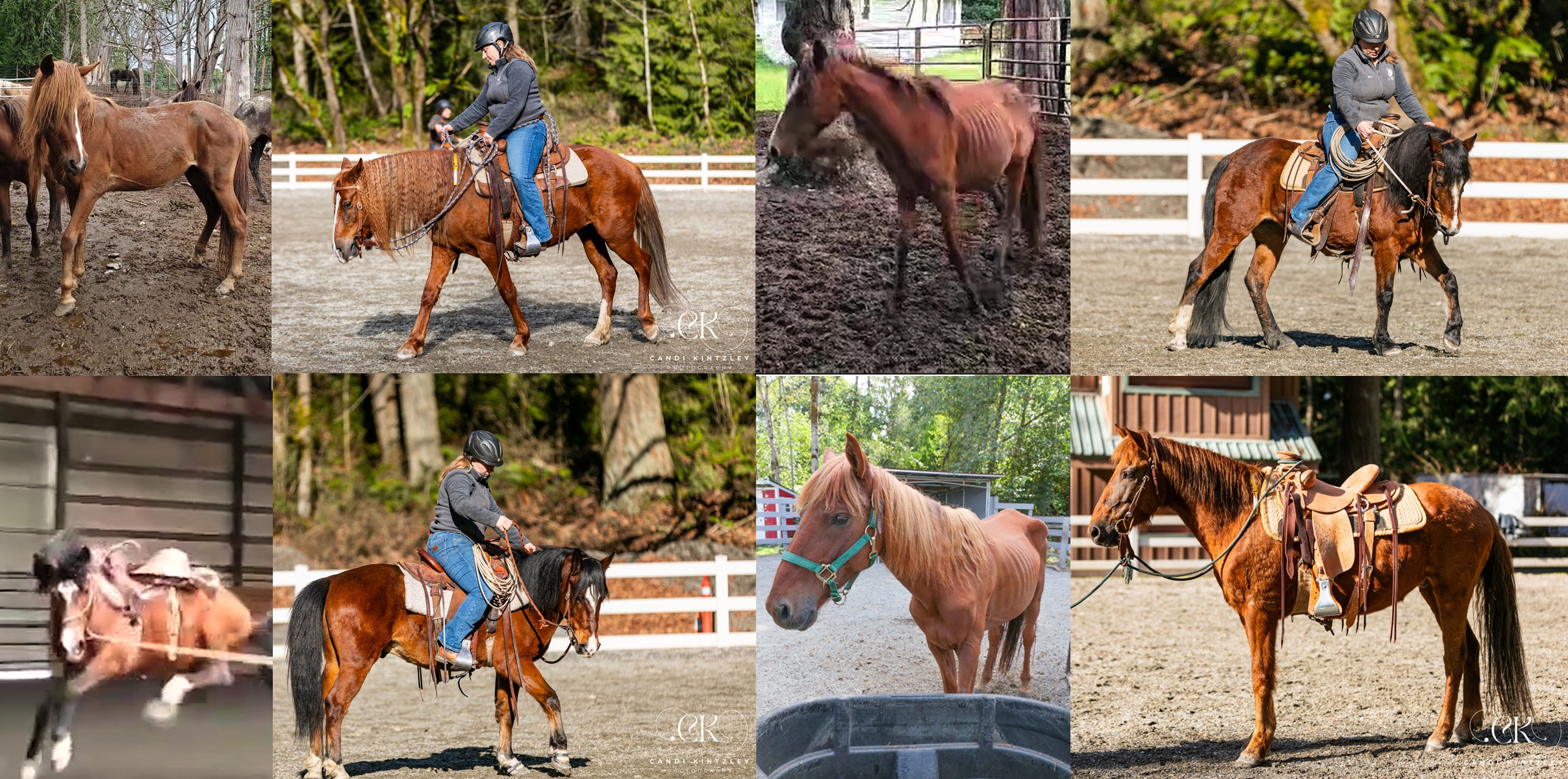
Transformations
Gradual change can be difficult to see, especially when what you have in front of you is almost impossibly different than what once was. Below is a quick before and after of a few SAFE horses, and their nearly unbelievable transformations over the years at SAFE.…
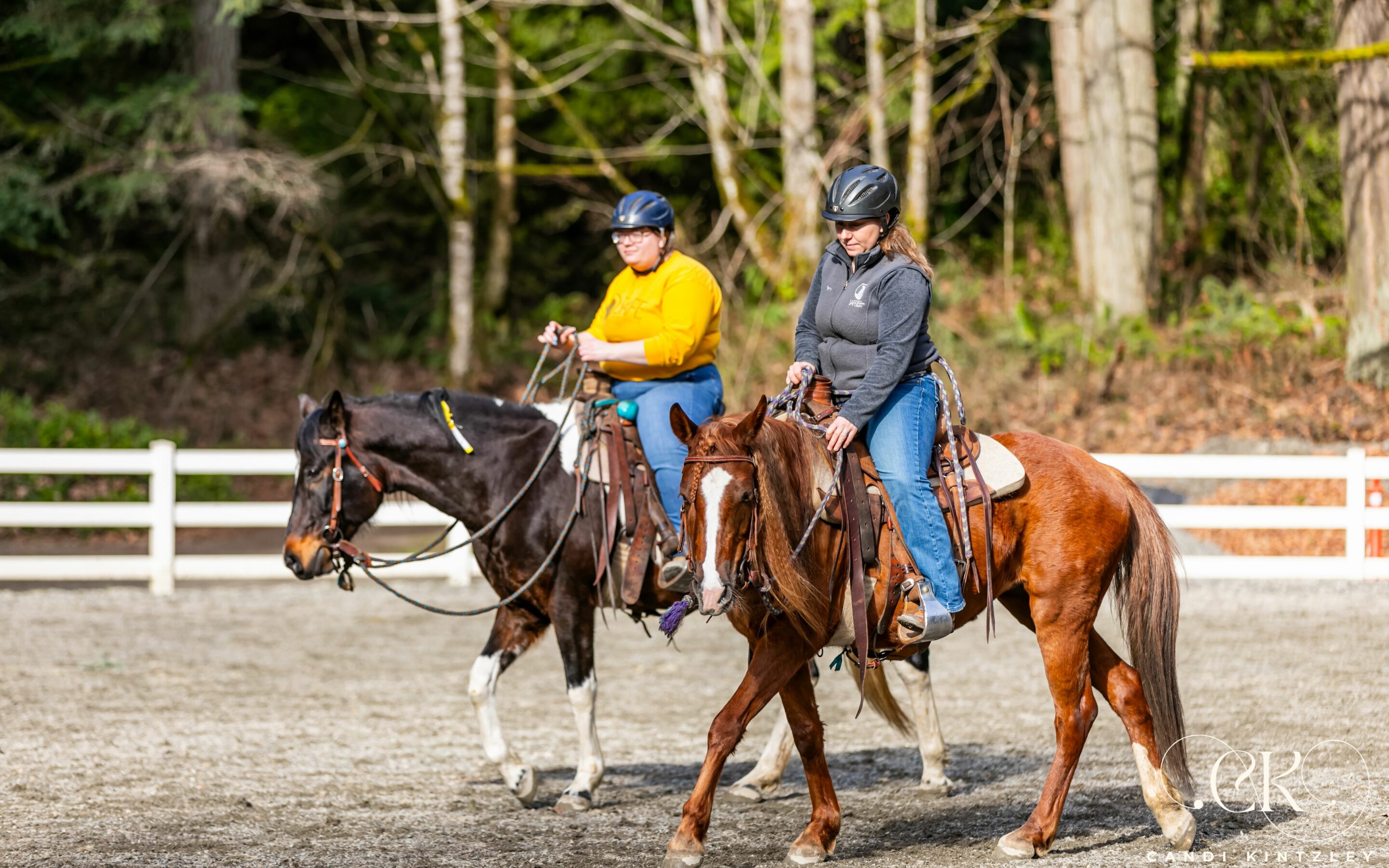
Field Trip to Bridle Trails
Winter Washington weather (say that five times fast) does not often conjure visions of sunshine and blue skies. But every so often, the metaphorical stars align to grace us with a January or February day that feels more akin to early summer. Such was the luck…

